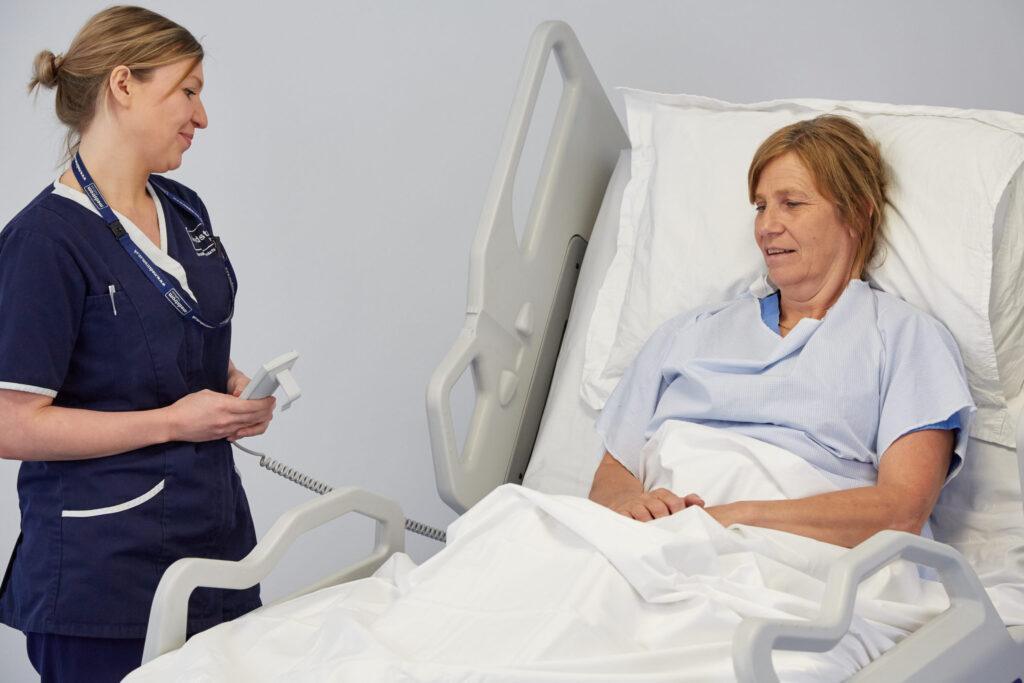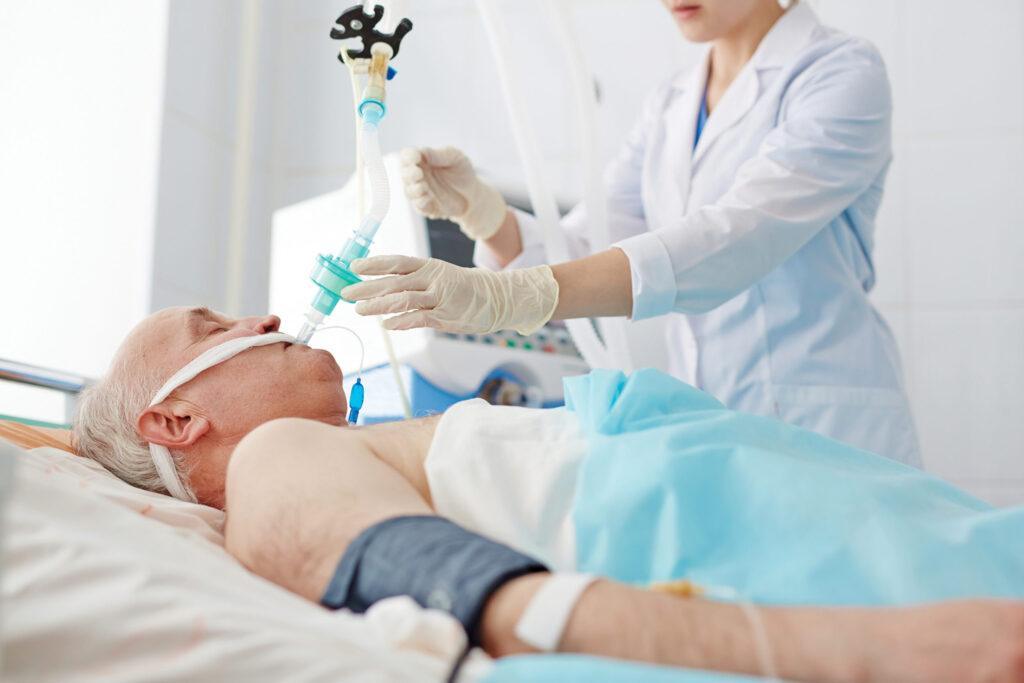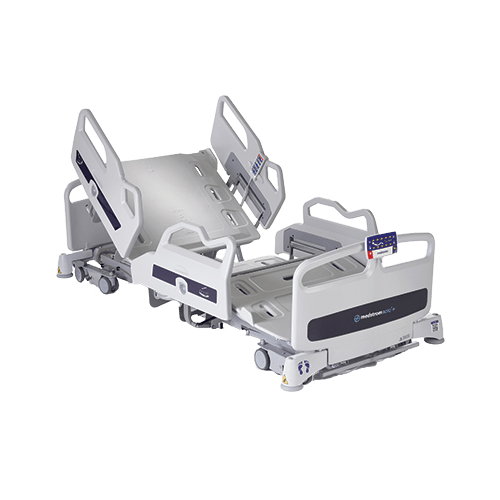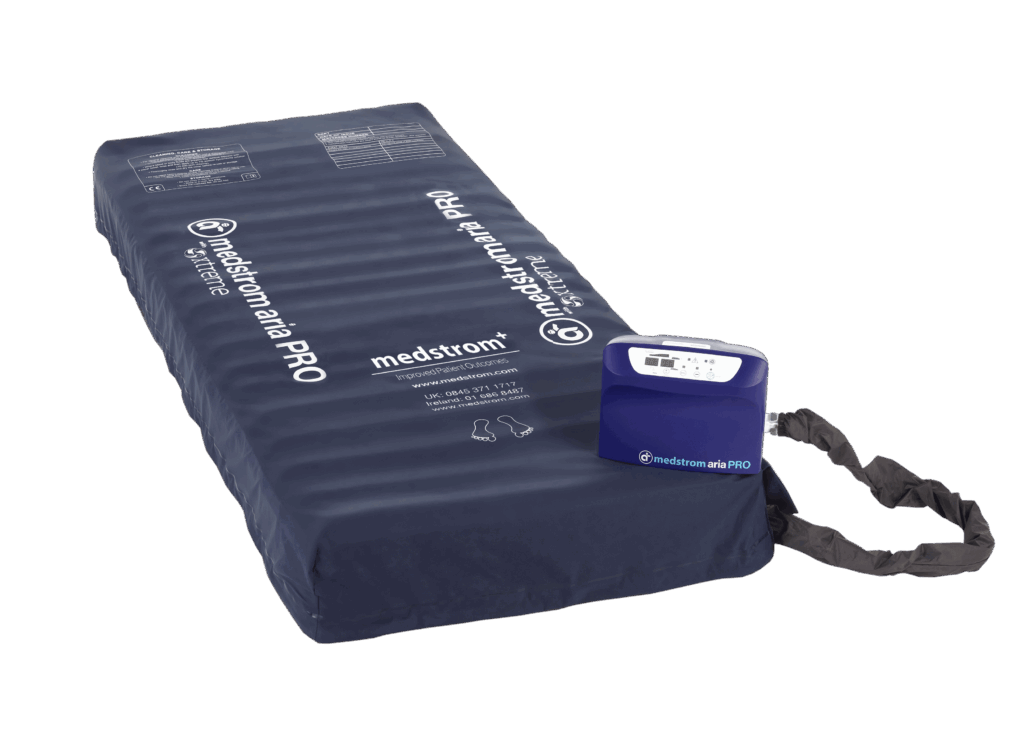Patient Hygiene: A Fresh Approach Webinar Recording
Patient hygiene processes have barely changed for centuries, with little innovation in an area that affects daily patient care and outcomes. Through this unique, educational webinar, we take a closer look at patient hygiene through the lenses of clinicians and researchers to understand how we can improve the patient experience, enhance dignified care as well as ease the burden on caregivers.
Improving Patient Hygiene for Patients with Dementia
“Alternative bed bathing methods were found to be really key [in evidence available], especially if dementia patients found a traditional bed bath too daunting.”
Dr Tamara Backhouse is a research fellow at the University of East Anglia. Her research focuses on improving personal care interactions for people with dementia and their caregivers, with a particular emphasis on managing refusals of care in advanced dementia, especially around patient washing.
Tamara, a care worker herself for many years, is passionate about supporting health and social care staff in what can be a tricky area of dementia care practice. Her presentation explores the pro-CARE study and its outcomes in more detail, which helps to inform key factors and suitable techniques for improving patient hygiene for people with dementia.
The Underlying Principles & Procedures for Bed Bathing
“Good personal hygiene is essential for skin health but it also has an important role in maintaining self-esteem and quality of life.”
Based on her experience as a dermatology nurse and Project Lead for Eczema Outreach Support, Sandra Lawton is an expert on the impact that bed baths can have on a patient’s skin.
With an underlying focus on skin health, Sandra’s session explores patients’ physical and psychological needs surrounding hygiene; support carers can provide; evidence and key principles of bed bathing.
“This is a fundamental part of nursing care and should be carried out in a patient-centric approach.”
Adopting New Innovation to Overcome Challenges with a Traditional Patient Bed Bath
“A traditional wash using a pulp bowl can present challenges with doubling up; halfway through the water can go cold so you need to replace. This increases the waste, increases the cost but also increases the time for the staff and patient experience.”
Katie Leek (Lead for Tissue Viability and Continence at the University Hospital of North Midlands) and Heather Bertasius (Moving and Handling Service lead for the Royal Wolverhampton NHS Trust) share their experiences of patient washing and how using the ECO Mist was a revelation when it came to improving patient hygiene and dignified care.
Katie, who has a keen interest in quality improvement and harm reduction, explains how the traditional bed bathing process (using a pulp bowl full of water) is fraught with challenges both for the staff and the patient themselves. Both discuss their thought about patient hygiene in general and more specifically about the use of ECO Mist – an innovation advancing patient experience and staff delivery for this essential area of care.
“I think it’s [ECO Mist] probably the way forward with patient hygiene really, promoting normality and patient dignity. It enhances patient independence and reduces deconditioning.”








